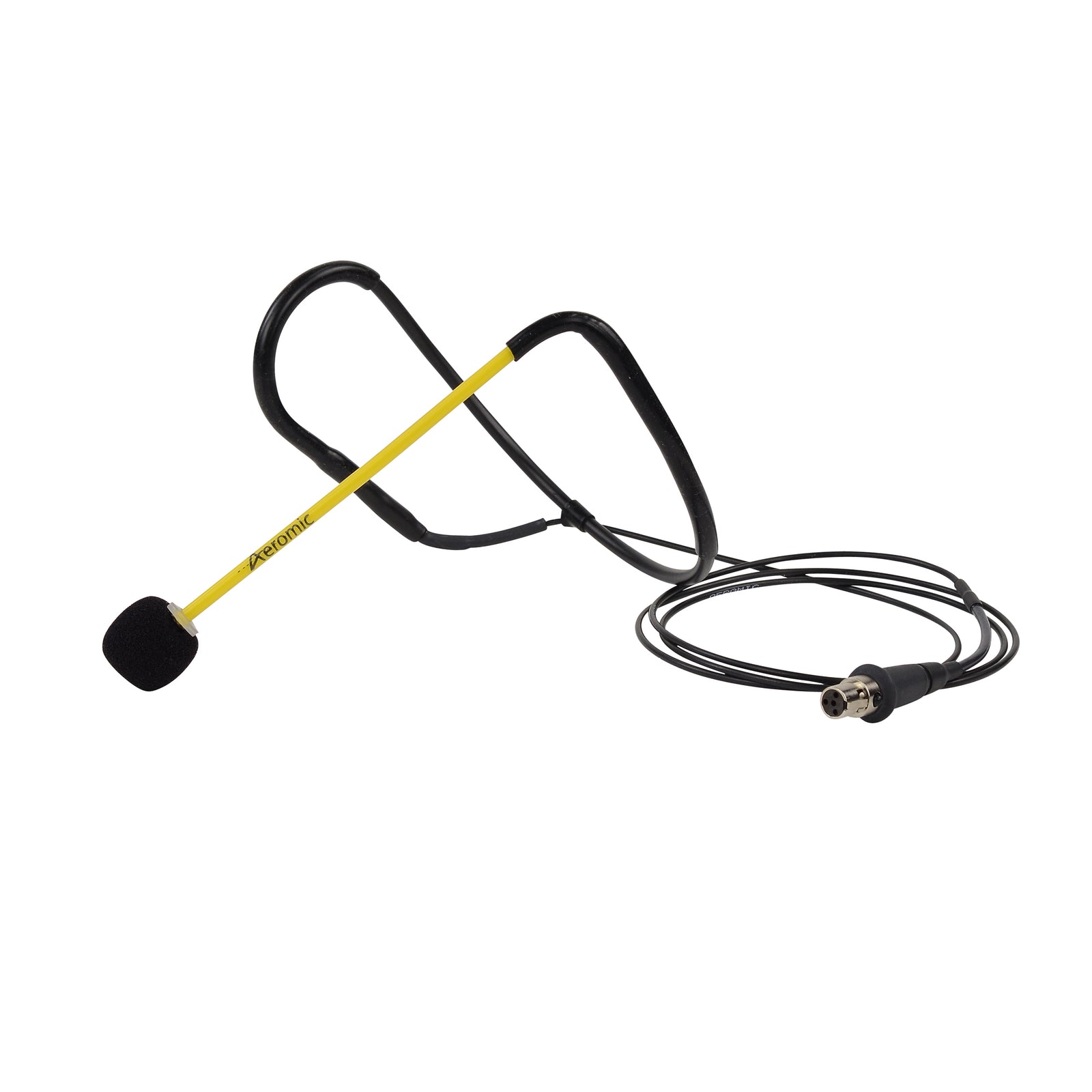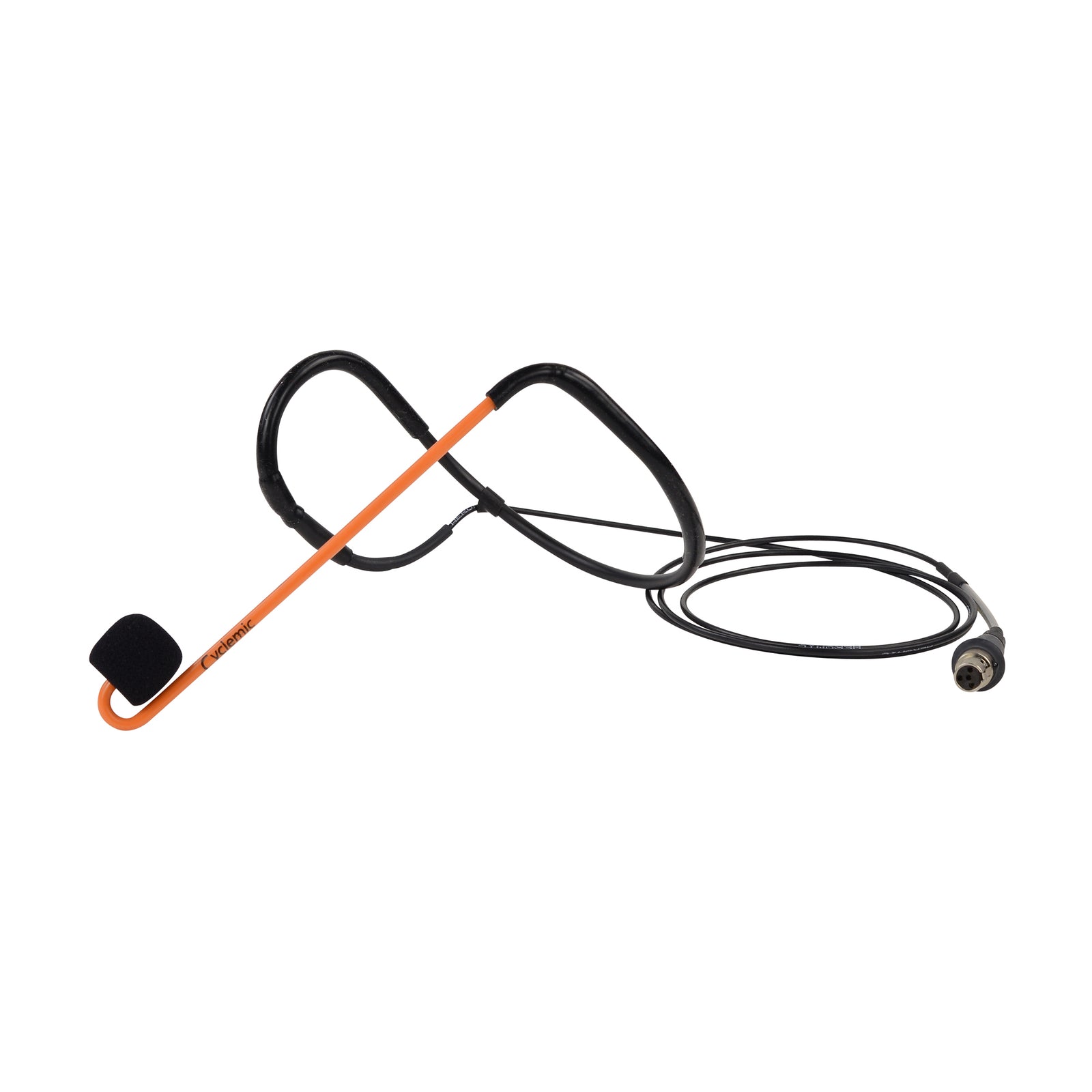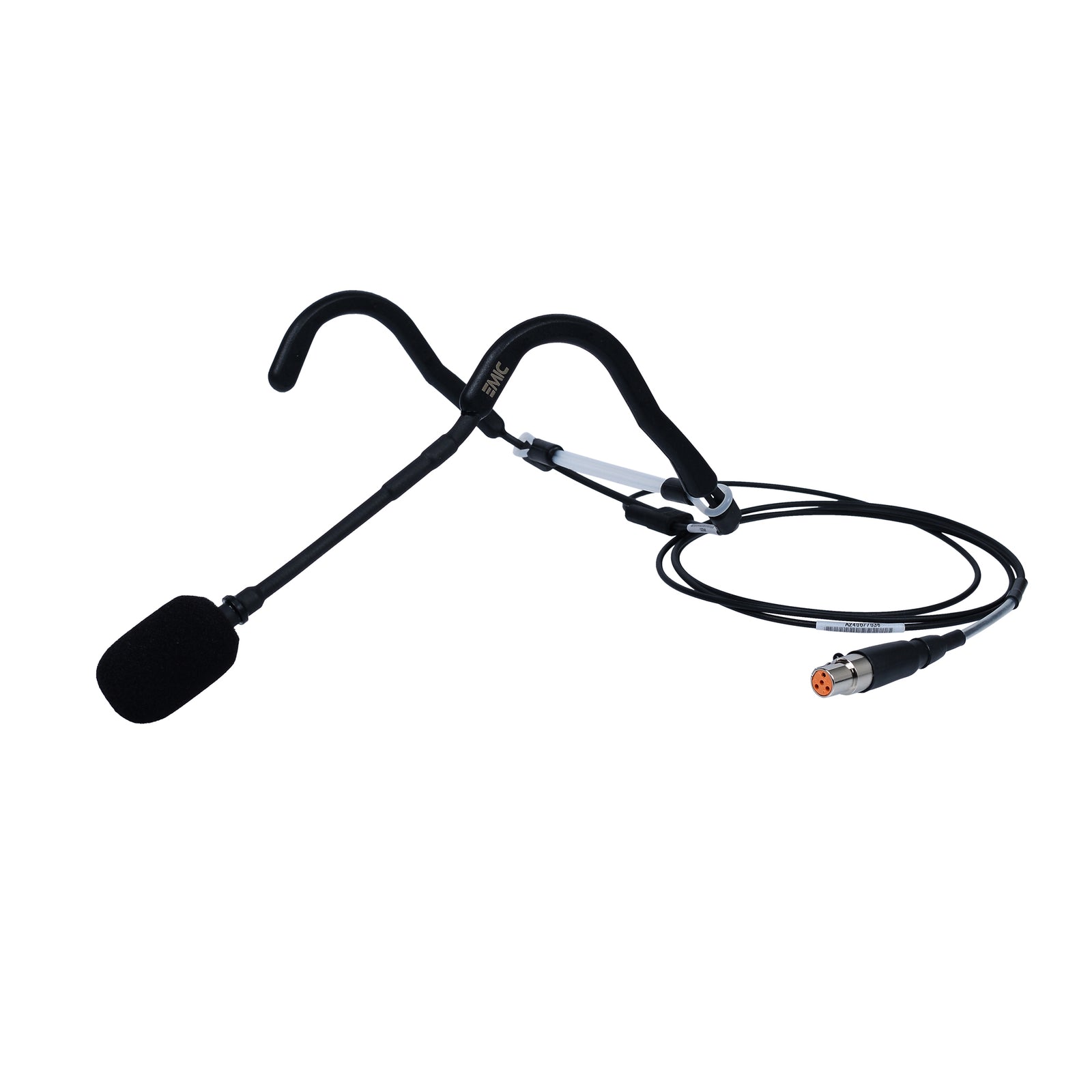Yes it can! A common complaint we hear from health club managers is that many of their Instructors turn up the volume just a touch too much too to be comfortable in the class. Especially in the energetic gf classes that are as popular today as they ever were. In the next few minutes I want to equate you with the numbers around acceptable sound levels and the official guidelines for noise level exposure for 45 to 60 minutes at a time that some people working in clubs experience 6 or more times a day? How do we know if it’s too loud for our own good hearing health? The answers are below so read on…
How Loud Does It Need To Be?
The national standard for exposure to noise during a working day of eight-hours is 85 dBA. The law also states that noise above 85 dBA must be reduced by control design, isolation, enclosure and replacement procedures. But the standard of 85 dBA is not a guarantee of freedom from hearing problems arising from noise. Individuals respond at different levels to hearing damage. For some, hearing damage occurs at 75 dBA. Group Fitness music with the Instructor’s amplified voice can often exceed 100dBA. The law says you should not expose yourself or any other person to average sound levels of 105dBA for more than 15 minutes. Above that - forget it you’re doing the wrong thing by everyone.
Measuring Noise
We measure noise with a device called a sound pressure level (SPL) meter which gives a reading in decibels. Noise that’s loud enough to cause pain in the ears is about ten million times as intense as the quietest sound that we hear. To measure such a wide range in sound intensity, we use a special logarithmic scale.
On a logarithmic scale, a sound level increase of 10 dBA means that the sound intensity has been multiplied ten times. Roughly every increase of 3db on the scale means a doubling of sound intensity that we hear. It also means a doubling of the amplifier’s output power to the speakers.
The chart below shows the noise levels produced by various noise sources. The units on the scale are called decibels (dBA).
| EFFECT ON PEOPLE | SOUND LEVEL (in dBA) | SOUND SOURCE |
| High Injurious | 140 | Jet Engine |
| 130 | Rivet hammer | |
|
120 |
Pain threshold | |
|
Injurious Irritating |
110 | Chain Saw |
| 100 | Sheet-metal workshop | |
| 85 | Aust General Standard for 8 hrs | |
| 80 | Heavy traffic | |
| 70 | Good “listen to” music level at home | |
| 60 | Normal conversation | |
| 50 | Low conversation | |
| 40 | Quiet radio music | |
| 30 | Whispering | |
| 20 | Quiet urban room | |
| 10 | Rustling leaves | |
| 0 | Hearing threshold |
What are the danger signals?
- Do you have to shout to be heard at work?
- Is your hearing dulled after work?
- Do you have ringing in the ears?
- Do you have trouble following a conversation in a crowded place?
- Have your friends or family complained that you have the TV or radio turned up too loudly?
What can you do?
Look for the danger signals
If you think there is a sound level problem at your club, then you need to find out the average sound levels during the loudest, high energy classes. After all, every fitness instructor shares with club management the duty of care not to give themselves or their members hearing damage!
Check the sound levels in each club studio
The NSW WorkCover Code of Practice for Noise Management and Protection of Hearing at Work states that a noise assessment should be done in all workplaces where employees may be exposed to noise exceeding the standards set by the regulatory authorities. Sound levels can also be monitored to an 94dBA peak by using a visual aid panel like the Fitness Audio Loudness Monitor - The Trigger. Mount it in the studio where everyone can see it working. It soon becomes a self regulating aid to the instructor and the club. In common use areas, where music is on all the time, the level should at a maximum of 85dBA.
Club management, WorkCover inspectors or an external consultant can perform a noise assessment. If you feel it needs to be done then you should request management conduct an assessment. Get involved, see how the survey is conducted and ask for a copy of the results.
As an alternative, a SoundEar Monitoring panel can produce a 30 day hourly sound level graph for a reasonable cost.
Go for Quality Sound
Make sure the sound systems you have in the club are good enough and powerful enough to do the job. The speakers can deliver the legal sound level without any excessive distortion. Dampen down room echo and reflections wherever possible. Use acoustic panels made from foam rubber or rockwool filled frames. Get the ceiling sprayed with a special sound absorbing finish. Clean up your act - more amplifier power is better than not enough. Clean power always sounds better than dirty power!
Look for the danger signals
If you think there is a sound level problem at your club, then you need to find out the average sound levels during the loudest, high energy classes. After all, every fitness instructor shares with club management the duty of care not to give themselves or their members hearing damage!
Check the sound levels in each club studio
The NSW WorkCover Code of Practice for Noise Management and Protection of Hearing at Work states that a noise assessment should be done in all workplaces where employees may be exposed to noise exceeding the standards set by the regulatory authorities. Sound levels can also be monitored to an 94dBA peak by using a visual aid panel like the Fitness Audio Loudness Monitor - The Trigger. Mount it in the studio where everyone can see it working. It soon becomes a self regulating aid to the instructor and the club. In common use areas, where music is on all the time, the level should at a maximum of 85dBA.
Club management, WorkCover inspectors or an external consultant can perform a noise assessment. If you feel it needs to be done then you should request management conduct an assessment. Get involved, see how the survey is conducted and ask for a copy of the results.
As an alternative, a SoundEar Monitoring panel can produce a 30 day hourly sound level graph for a reasonable cost.
Go for Quality Sound
Make sure the sound systems you have in the club are good enough and powerful enough to do the job. The speakers can deliver the legal sound level without any excessive distortion. Dampen down room echo and reflections wherever possible. Use acoustic panels made from foam rubber or rockwool filled frames. Get the ceiling sprayed with a special sound absorbing finish. Clean up your act - more amplifier power is better than not enough. Clean power always sounds better than dirty power!
Useful References
National Occupational Health and Safety Commission (phone 132 447)
National Standard for Occupational Noise NOHSC:1007:(2000). The National Code of Practice for Noise Management and Protection of Hearing at Work NOHSC:2009(2000)
Core Training Elements for the National Standard for Occupational Noise
NSW WorkCover Authority (Publications Order Line 131 050)
Code of Practice for Noise Management and Protection of Hearing at Work May 1996
This blog by John Penhallow of Aeromic Microphones Australia. AMA are the importers of The Trigger and The Gov^nor Sound Limiter by Fitness Audio. AMA is also a reseller of the SoundEar line of noise measuring devices from Denmark. https://fitnessaudioshop.com.au/collections/loudness-monitoring
For more information please contact Andrew or John on 02 83991052 or email to: sales@fitnessaudio.com Information included in the above provided by Australian Hearing: www.hearing.com.au






